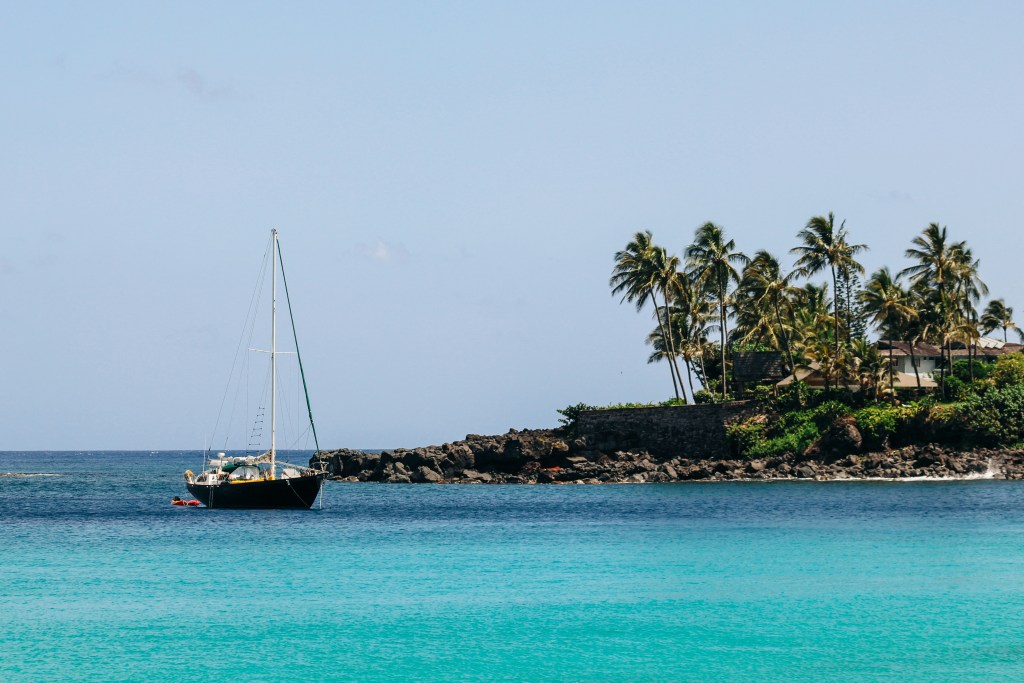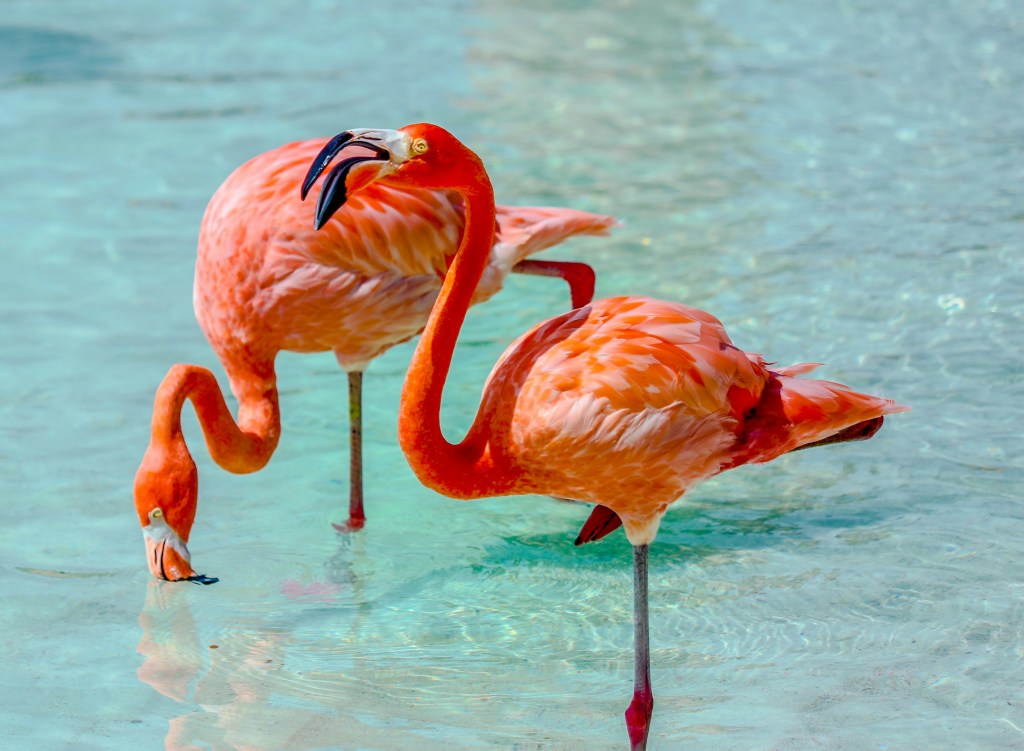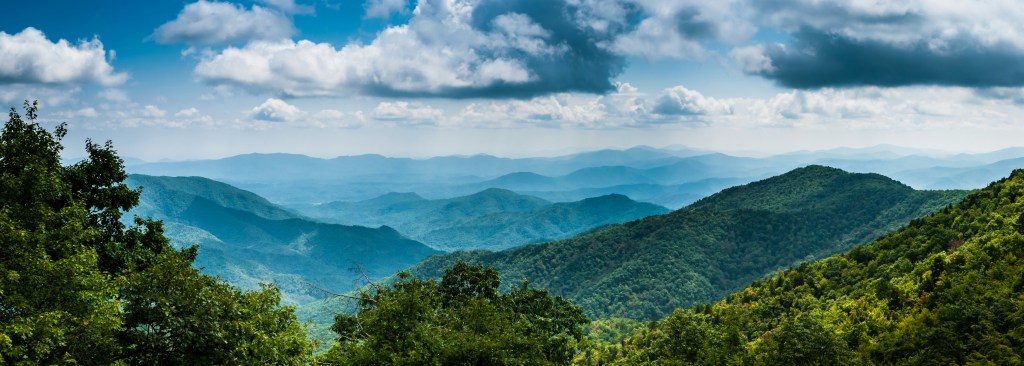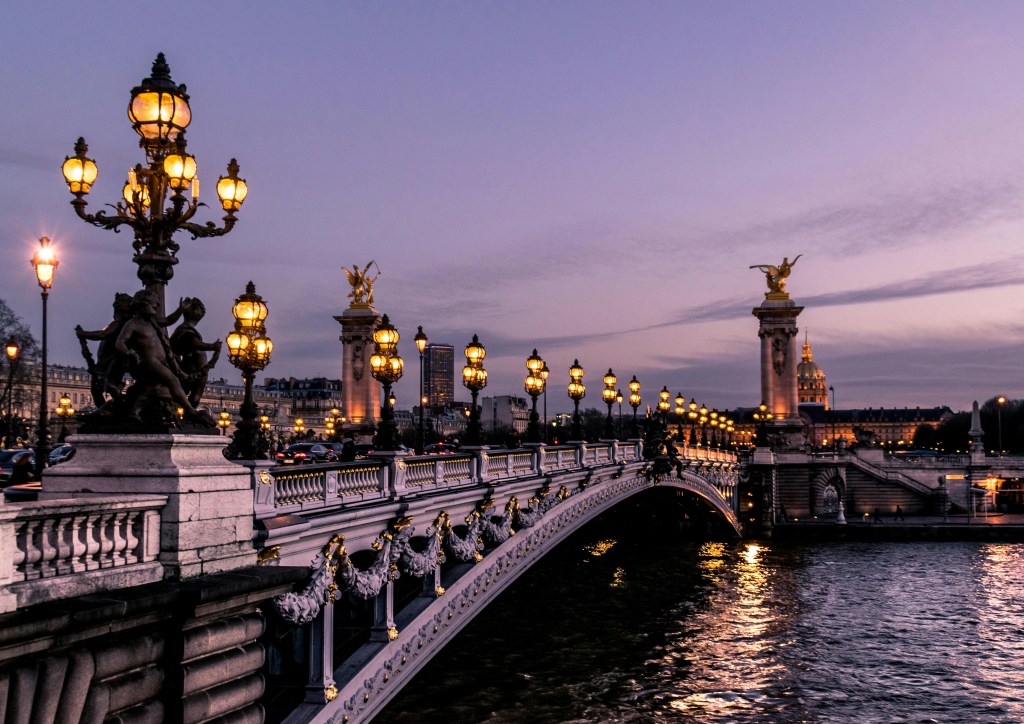You might be shocked to hear that private islands aren’t that hard to come by.
Around the world, travelers have started to seek out these invite-only destinations in search of a more secluded and exclusive vacation.
But just how many private islands are available to the public?
Depending on the region, there might be a few options or a handful. For now, let’s focus on the US’s nearest tropical paradise: the Caribbean.
This area is home to dozens of private islands that open their doors (or docks?) to tourists. They can be found all across the 700-odd islands, reefs, and atolls in the Caribbean Sea. And while it might sound like renting a private island is for A-List celebrities or wealthy businesspeople, some are affordable to the general public.
Looking for a private Caribbean island to enjoy?
I’ve done the heavy lifting to find some of the most accessible options. (Don’t worry—CocoCay isn’t on the list.) Whether looking to rent out an entire island or simply drop off the map at a resort on a private island, there’s something for you.
Let’s explore.

Ambergris Cay (Turks & Caicos Islands)
This private island stretches over 1,100 acres and is home to a world-class resort. Booking a stay at Ambergris includes a private flight to the island from PLS (Turks & Caicos), which simplifies travel quite a bit.
On this private Caribbean island, lodging options include beachfront bungalows or lodges that are chock-full of amenities. Guests can dip into cold and heated plunge pools, tour the tropical beaches, and enjoy top-shelf dining.
The island is available for romantic getaways, family groups, and large corporate events. It’s one of the more expensive on this list; on average, bookings cost around $2,800 a night.
You can learn more about Ambergris Island straight from TripAdvisor or the website.

Guana Island (British Virgin Islands)
This 850-acre private island bills itself as one of the most unspoiled corners of the world—and I’m apt to agree. Guana is home to plenty of natural wonders, especially when it comes to local flora and fauna.
Visitors can access hiking trails, organic orchards, and plenty of gardens. There’s even a troop of flamingoes that call the island home.
Aside from its natural wonders, guests can also expect plenty of privacy. There are no commercial establishments on the island—which makes it a popular spot for celebrities and other well-known figures.
This is one of the more affordable private islands on this list. For a smaller cottage, you’ll pay only $1,000 a night. The most lux stays are around $2,000/night.
Book through the website or learn more via TripAdvisor.

Petit St. Vincent Island (St. Vincent & the Grenadines)
This private island is home to a single luxury resort: Petit St. Vincent Resort. Not only is this island stunningly wild, but the resort is designed to pull you away from the modern world. Its lodgings are spread across the 115-acre island, with 11 options for visitors to choose from.
Petit St. Vincent Resort doesn’t offer televisions, phones, or Wi-Fi in many of its cottages and bungalows. The goal is for guests to unwind without any distractions or stressors.
In low season, a basic room will run you around $1,500 a night. In high season, expect to pay double. Learn more from the website or on TripAdvisor.

Renaissance Island (Aruba)
Renaissance Island is owned by the one and only Marriott. That’s right—this hotel chain offers an exclusive and lush island that’s located near Aruba. Like Guana, it’s home to plenty of flora and fauna—including those peachy flamingoes.
Along with relaxing on the beaches and spying on flamingoes, guests can snorkel in the reefs or unwind in a private cabana. But keep in mind—the Renaissance Hotel is actually located in Aruba, while Renaissance Island is a private Marriott-owned island for its guests to enjoy.
This is the most affordable private island listed here. Room rates for private king rooms shift from around $500 to $800 depending on the season. If you want to visit, you can pay for a day pass if you won’t be lodging at the Renaissance Hotel.
Check it out on TripAdvisor or straight from the Marriot website.









